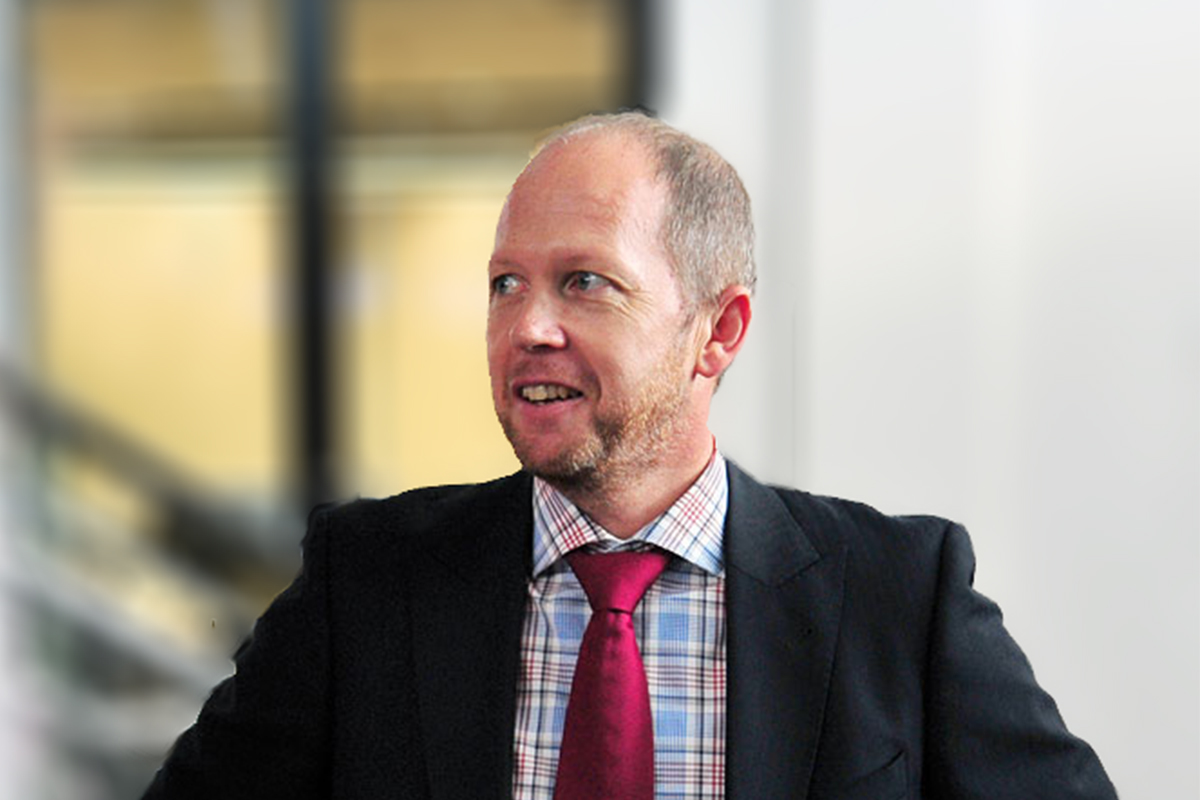The New Zealand heavy metals-engineering industry had an outstanding year of growth. The 12 monthly rolling total for heavy steel usage to the end of September stood at 151,000 tonnes p.a., while a year earlier it was 130,000 tonnes p.a., an increase of close to 16%.
However, the fact remains that the industry is still around 20% below its October 2008 pre-GFC peak of 179,000 tonnes p.a. usage – so there’s room for further growth.
When drilling down to sub-sectors, steel construction was the winner with considerable market share growth particularly in multi-storey construction in Canterbury. Market studies indicate that 70% of buildings currently under construction in this region are going up with a structural steel frame.
The debate on New Zealand steel fabrication capacity continues but with less intensity. Large clients are realising that the industry is responding to increases in demand by investing in more highly efficient plant with greater capacity.
They also recognise the latent capacity that exists within the industry through the potential for multiple shifts – something which can be done with relative ease in the automated steel construction environment.
No doubt the year’s biggest industry achievement was the introduction of the Steel Fabrication Certification (SFC) scheme in a joint effort between HERA, Steel Construction New Zealand (SCNZ) and industry members. In a short time, eight New Zealand steel fabricators have achieved the SFC and ISO 3834.2 certification.
This new scheme raises the bar by providing independent, expert certification of New Zealand steel fabrication companies. The scheme ensures participating fabricators have appropriate personnel and quality management systems in place, meeting national and international best practice levels, thereby giving assurance to its clients that the expected quality standard is being achieved.
The general purpose sectors of our industry had a more mixed year. Industry feedback indicates that companies with export portfolios have had an especially tough year and some had to retrench and make redundancies.
However, as the 2013/14 statistics of the heavy engineering export collective show, exports were up by 4% despite the high exchange rate and some members indicated they could have done even better if they had better access to qualified staff.
Looking ahead, industry confidence is high with particularly the construction industry pipeline indicating further construction-related growth for at least the next three to four years. International steel price movements are unlikely to lead to major steel cost changes, providing a predictable commercial environment for the most significant material input of our industry.
This positive demand outlook, coupled with the industry’s attitude towards innovation, will provide the required framework for industry members to move forward with confidence and invest further in their future.
HERA in its R&D programme continues to support industry in their efforts to become more productive and internationally competitive. In welding and steel construction the main focus is on improvements in the design and fabrication framework and which ends up in our relevant industry standards. In the general metals engineering field HERA’s main focus is the Clean Energy Programme with its flagship Above Ground Geothermal and Allied Technology (AGGAT) Programme.
However, encouraging a historically contracting based industry to move towards IP driven product ownership is a challenge particularly as our members have difficulty in qualifying for government research grant funding as most do not have a demonstrated record of R&D investment and output.
With the improved economic performance of many members companies this situation should change at least for some and HERA will continue to advocate for increased incentives for our industry members to start an R&D based product development programme.
As HERA Chairman and Trustee of our educational and research foundation (HEERF), which owns and looks after HERA House, I am particularly pleased to report the nearly completed refurbishment of our industry owned asset HERA House.
Its long overdue refurbishment is now delivering a contemporary metals industry image and will deliver a fantastic working and meeting environment for years to come. I look forward to welcoming all of you to the opening sometime in February next year.
To close I would like to mention that the HERA Executive and staff are currently reviewing the HERA Strategy and its implementation and execution. As always I invite you to make direct contact should you wish to raise any issues with me in my function as HERA Chairman, either by phone on 021 278 1399 or by e-mail to johnf@bestbars.co.nz
Thank you and I wish you, your staff & families a safe & enjoyable festive season.
